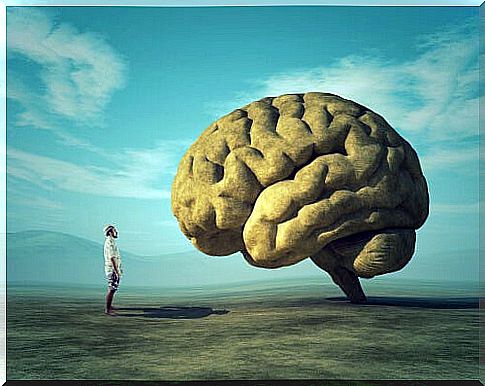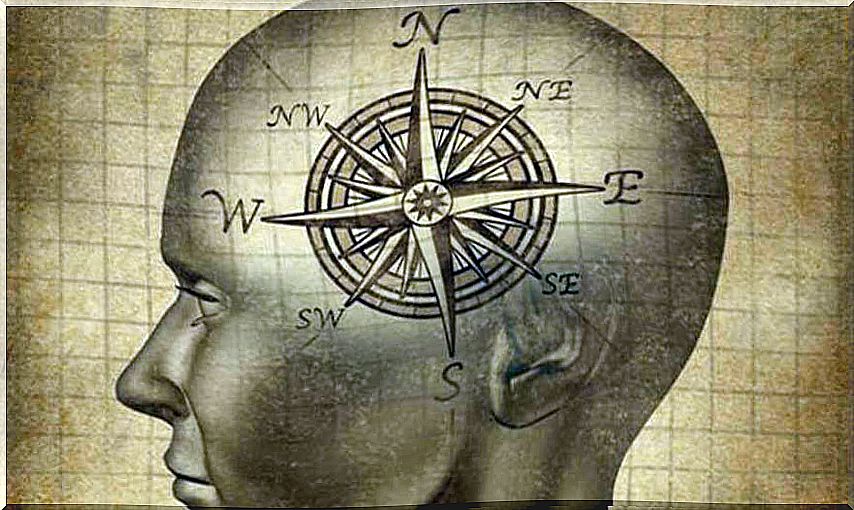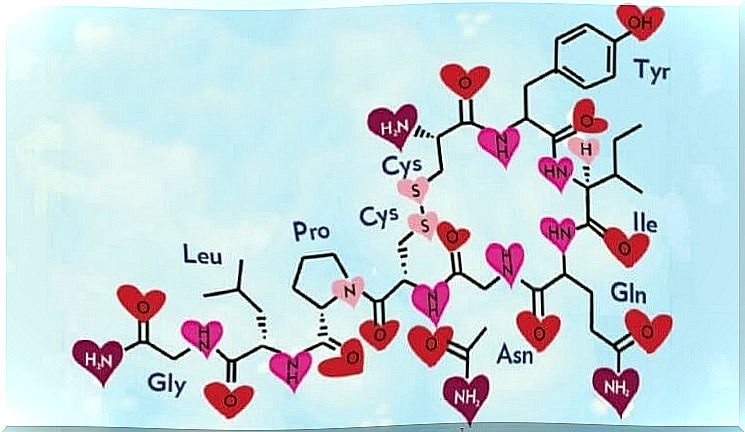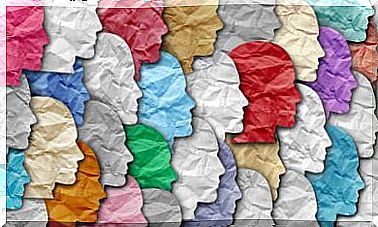The Moral Brain: The Neural Bases Of Human Ethics And Values

The motivation to help someone, have a minimum sense about what is right and what is wrong, try not to cause harm to others, have a basic sense of justice … All this would make up a term that scientists already use frequently: the moral brain. What’s more, today the brain circuits that allow us to make moral and ethical decisions have already been mapped.
It is quite possible that this topic will attract the attention of more than one. Does this mean that our brain is “equipped” with a more or less calibrated moral compass? This is an aspect that philosophy had been dealing with until not long ago. For various authors, ethical and moral principles had their origin in religion or rather, in education and the influence of our social contexts.
However, other leading figures, such as the Scottish philosopher David Hume, already advanced at the time that moral behaviors are based on human emotions themselves. Also Charles Darwin, in his work The Descent of Man explained something as decisive as important. According to him, every animal endowed with social instincts has a minimum sense of moral conscience.
These figures in our history were laying the foundations of moral psychology. In the last decade, multiple investigations have been carried out that give reality to a fact. Moral sensitivity is the result of our evolution. They are those sets of cognitive, emotional and motivational mechanisms that encourage us to practice cooperation, prosocial and altruistic behaviors …
All of this helps us to guarantee our survival as a species. Although, as we well know, not all of us practice morality and ethics in the same way.

What is the moral brain?
Frans de Waal, psychologist, primatologist and ethologist, already explained to us in his book Primates and Philosophers: The evolution of morality from ape to man that the foundations of moral behavior (as Darwin pointed out) appear in all animals with social behaviors. We can see this in the apes and, therefore, also in our own ancestors.
- Empirical research is also throwing us data in this same direction. Thus, such interesting studies, such as the one led by the neurologist Álvaro Pascual Leone, show us that the moral brain is based on a very complex neurological base, but identifiable through functional magnetic resonance imaging.
- All this justifies once again that moral sensitivity would therefore be innate in the human being; that is, it appears in us as a result of our evolution.
Consider, for example, a fact that is as illustrative as it is striking. The psychologist Paul Bloom carried out a detailed research work that was collected in the book Just Babies. The origins of Good and Evil. In this work (obligatory for anyone who wants to delve into the moral brain) we discover how babies already show prosocial and altruistic behaviors during the first year of life.
Let’s see more data below.

Morality is (almost always) a natural response in humans
There are exceptions, there is no doubt. The theory of the moral brain tells us that, indeed, there are cases where the principle that the sense of ethics, respect and the clear differentiation of good and evil is innate in every person, is not fulfilled. We know, for example, that there is a gene for psychopathy. Also that certain frontotemporal dementias or injuries can cause someone to behave amorally.
Now, in the neuroanatomical study carried out by Dr. Pascual Leone, the following is revealed:
- The moral brain encompasses a neural network where various brain structures such as the frontal lobe, the parietal lobe, the insula and the subcortical structures are integrated.
- These areas facilitate and shape what we understand as the theory of mind (thanks to it we can attribute thoughts and intentions to other people).
- Likewise, these areas promote empathy, social behaviors, help us understand our own threats and those of others, allow us to analyze reality from a social, emotional and moral point of view, etc. In addition, they also make it easier for us to control our instincts and think about the consequences of certain acts.
Oxytocin as the key to the moral brain
Patricia Churchland, neurophilosophy, is the author of the book Moral Brain. This work is undoubtedly essential to understand a large part of this theory that is increasingly finding more empirical support. Through the pages of this work we are understanding the relevance that it has for a large part of the species with social behaviors, aspects such as cooperation, defense of the weak, care of children, family …
Our brain has evolved to understand that exclusion, like aggression, are not appropriate behaviors. They do not benefit us. The vast majority of us come into the world knowing that violence and isolation is not good for us or for others. And we know this because there is an essential molecule that not only tells us so, but also encourages us to practice positive social behaviors.

We are talking, of course, about oxytocin. It is she who also drives the moral brain. She who builds trust, attention, care, affection, the importance of ties… Let us therefore reflect on this reality; in understanding that cooperation, respect and altruism not only dignify us as people.
They are vital needs for the human being.









